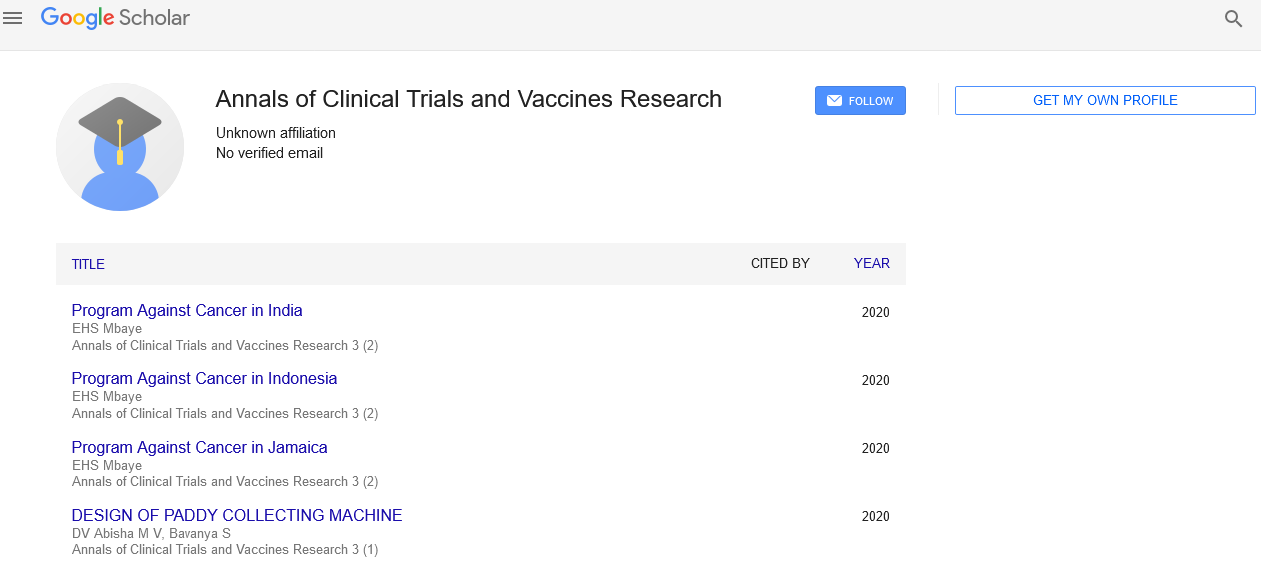Perspective - Annals of Clinical Trials and Vaccines Research (2024) Volume 14, Issue 6
Drug Restructuring Limitations: Challenges in Pharmaceutical Development
- Corresponding Author:
- Linkin Meilne
Department of Pharmaceutics, Feuchtwangen University, Feuchtwangen, Germany
E-mail: Linkin46@gmail.com
Received: 27-Nov-2024, Manuscript No. ACTVR-24-153390; Editor assigned: 02-Dec-2024, Pre QC No. ACTVR-24-153390 (PQ); Reviewed: 16-Dec-2024, QC No. ACTVR-24-153390; Revised: 21-Dec-2024, Manuscript No. ACTVR-24-153390 (R); Published: 28-Dec-2024, DOI: 10.37532/ACTVR.2024.14(6).288-289
Introduction
Drug restructuring, the process of modifying existing drugs to improve efficacy, reduce side effects, or address new therapeutic areas, is a cornerstone of modern pharmaceutical innovation. Despite its potential, drug restructuring is fraught with numerous limitations that pose challenges to researchers, developers, and manufacturers. These limitations stem from scientific, regulatory, economic, and ethical complexities, making it a multi-faceted issue in drug development.
Description
Biochemical complexity
Altering the chemical structure of a drug can unpredictably affect its pharmacodynamics (how the drug acts in the body) and pharmacokinetics (how the body processes the drug). Minor changes may lead to reduced efficacy or unintended side effects.
Interactions with enzymes, receptors, or transporters can become unpredictable after restructuring, complicating the desired therapeutic outcome.
Limited knowledge of mechanisms
Even with advanced molecular biology tools, understanding the precise mechanisms of some drugs remains incomplete. Modifying such drugs may lead to unforeseen interactions, making restructuring a gamble without robust preclinical data.
Stability and delivery issues: Restructured drugs might face solubility and stability challenges, affecting their shelf life and bioavailability. Designing new drug delivery systems to accommodate these changes often adds complexity and cost.
Regulatory hurdles
Stringent approval processes: Restructured drugs are often treated as new entities by regulatory bodies, requiring comprehensive clinical trials. This process can be time-consuming and expensive, with no guarantee of approval.
Demands for safety data
Restructured drugs must prove safety and efficacy under new configurations. Gathering sufficient data to satisfy regulatory authorities like the FDA or EMA is resource-intensive.
The regulatory process may result in limited market exclusivity for restructured drugs, diminishing the financial incentive for pharmaceutical companies to pursue such projects.
Economic limitations
High R&D costs: The restructuring process requires significant investment in research, preclinical testing, and clinical trials. Pharmaceutical companies may prioritize more lucrative avenues, such as developing entirely new drugs or focusing on high-demand therapeutic areas.
Uncertain market potential: Restructured drugs may face skepticism from healthcare providers and patients, especially if the benefits over existing options are unclear. Limited market acceptance can lead to financial losses.
Competition from generics: Generic versions of the original drug often dominate the market, making it challenging for restructured drugs to compete unless they offer substantial improvements.
Ethical and social considerations
Access and affordability: Restructured drugs are often priced higher to recoup development costs, potentially limiting access for low-income populations and healthcare systems in developing countries.
Clinical trial ethics
Testing restructured drugs on vulnerable populations or in regions with limited healthcare infrastructure raises ethical concerns. Ensuring informed consent and equitable treatment during trials is crucial.
Balancing innovation with equity: Pharmaceutical companies face criticism for prioritizing profit over public health. Restructured drugs must strike a balance between innovation and addressing unmet medical needs.
Technological barriers
Incomplete tools for drug design: While AI and machine learning have enhanced drug discovery, their applications in restructuring remain constrained by incomplete datasets and computational limitations. Predicting how modifications will affect drug behavior is not yet fully reliable.
Challenges in personalized medicine: Efforts to restructure drugs for personalized therapies often face hurdles in tailoring them for diverse genetic profiles. This complexity can slow down the restructuring process and inflate costs.
Case studies highlighting limitations
Thalidomide: Originally used as a sedative, thalidomide was restructured for cancer treatment and inflammatory diseases. However, its history of teratogenic effects created regulatory and societal hurdles, delaying its acceptance despite demonstrated benefits.
Insulin analogues: Restructuring human insulin to create long-acting and rapid-acting analogues improved diabetes management. However, high costs and accessibility issues highlighted the economic and ethical limitations of restructuring.
Addressing limitations
Collaborative research: Partnering with academic institutions, biotech firms, and government agencies can mitigate the financial and technical barriers in drug restructuring.
Advances in predictive modelling: Developing better computational tools to predict the outcomes of structural changes can reduce trial-and-error approaches, saving time and resources.
Ethical pricing strategies: Transparent and fair pricing models can improve access to restructured drugs, fostering trust and broader acceptance in global markets.
Conclusion
While drug restructuring offers a pathway to innovation and improved patient outcomes, its limitations cannot be overlooked. Addressing these challenges requires a concerted effort from stakeholders across the pharmaceutical landscape, including researchers, regulators, policymakers, and industry leaders. By navigating scientific, regulatory, economic, and ethical complexities, the promise of restructured drugs can be realized, contributing to the advancement of global healthcare.

